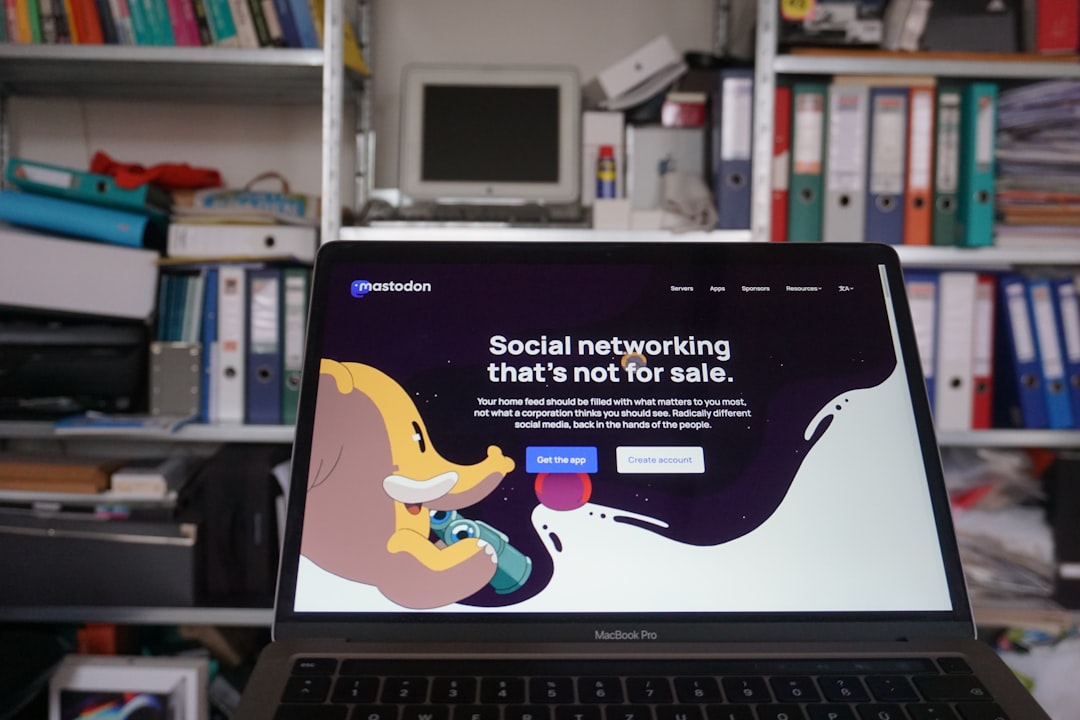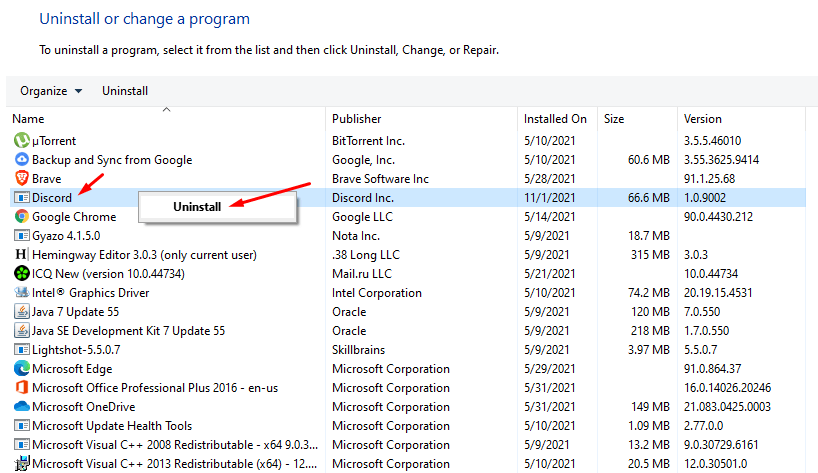Taking your brand global is no longer an option reserved for corporate giants—it’s a strategic imperative in the ever-connected digital economy. As we move into 2025, businesses of all sizes are realizing the potential of cross-border commerce. However, global expansion requires more than just translating your website into another language. It demands a nuanced approach to culture, compliance, marketing, and customer experience.
So, how can your business thrive beyond borders? Here are strategic insights to help you scale globally in 2025.
1. Embrace Localization, Not Just Translation
One of the most frequent mistakes businesses make when expanding internationally is relying solely on translation. Localization goes much deeper—it involves adapting your product, messaging, website design, and customer support to align with local customs and preferences.
- Update visuals and UI elements for cultural appropriateness.
- Use local idioms in marketing materials.
- Adjust pricing to match regional purchasing power.
This level of customization helps you connect more authentically with international audiences and builds trust right from the start.

2. Research Market-Specific Regulations and Compliance
Every country has its own set of laws regarding taxes, privacy, product certifications, consumer protection, and online data handling. In 2025, data compliance—especially with evolving regulations similar to GDPR—is essential. Avoid costly penalties by doing your homework:
- Consult with local legal experts.
- Ensure your eCommerce platform complies with local tax and invoicing rules.
- Pay attention to data residency requirements.
Making compliance a priority from the beginning can save you time, money, and legal headaches later on.
3. Optimize Cross-Border Logistics and Fulfillment
Fast, reliable delivery is crucial to customer satisfaction in any market. As you expand, your supply chain will need to evolve. Consider partnering with international 3PL (third-party logistics) providers that offer scalable solutions tailored for each region.
Additionally, adopt technology that supports logistics transparency and efficiency—automated warehousing, smart inventory management, and AI-driven delivery predictions are becoming standard in 2025.
4. Leverage Digital Channels for Global Presence
In a world dominated by digital discovery, your business must be easily found and culturally relevant within your target regions. That means optimizing your digital channels for international SEO and platform visibility.
- Create country-specific domains or subdomains (e.g., .co.uk, .fr).
- Adapt your content strategy for each locale.
- Use international social media and messaging apps—WhatsApp, LINE, WeChat—depending on the market.
Utilizing local influencers and region-specific ad platforms can also help you build rapport and credibility within new markets.

5. Build a Diverse and Culturally Attuned Team
Success in global markets often requires firsthand insights that only locals can provide. Hiring talent that understands the language, culture, and consumer behavior of your target markets can be a game-changer.
In 2025, remote collaboration tools and cloud-based operations enable you to build distributed, diverse teams across continents. It’s an intentional strategy to ensure you’re not just in a market—but also truly connected to its business ecosystem.
6. Offer Flexible, Local Payment Solutions
Globally expanding your brand also means adapting to varying payment behaviors. While credit card usage might be dominant in North America, digital wallets and bank transfers are more common in Asia-Pacific and Latin America.
Integrating region-specific payment gateways ensures a smooth customer experience and boosts conversion rates. In addition, offer multiple currency options and clearly display total costs, including shipping and duties, upfront.
7. Continuously Monitor and Adapt
Global markets are dynamic, influenced by economic shifts, consumer trends, and technological innovation. Successful businesses treat global expansion as an ongoing strategy, not a one-time milestone. Use analytics to monitor KPIs across regions and be prepared to pivot quickly when necessary.
Regularly gather feedback through surveys, local forums, and customer service channels to stay attuned to your international audience’s needs.
Breaking Borders in 2025 and Beyond
The future of business is borderless. With the right strategy, technology, and people in place, there’s never been a more opportune time to take your brand global. From localization and logistics to legal compliance and leadership diversity, success lies in embracing complexity—and turning it into your competitive edge.
As we move through 2025, those who can adapt fast, connect deeply, and operate flexibly around the globe will lead in the new era of global commerce.




